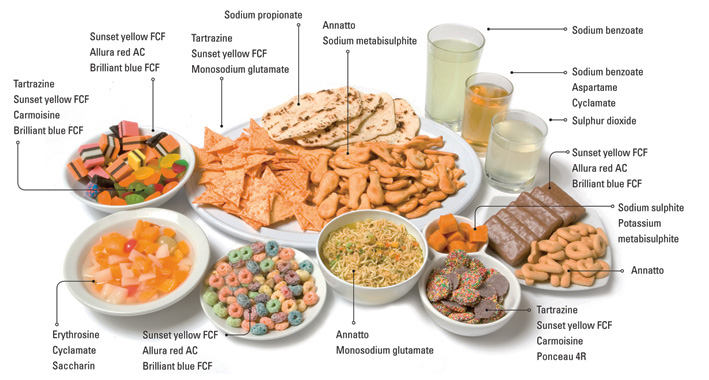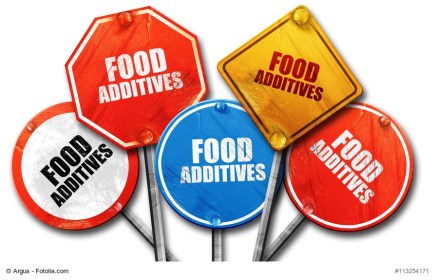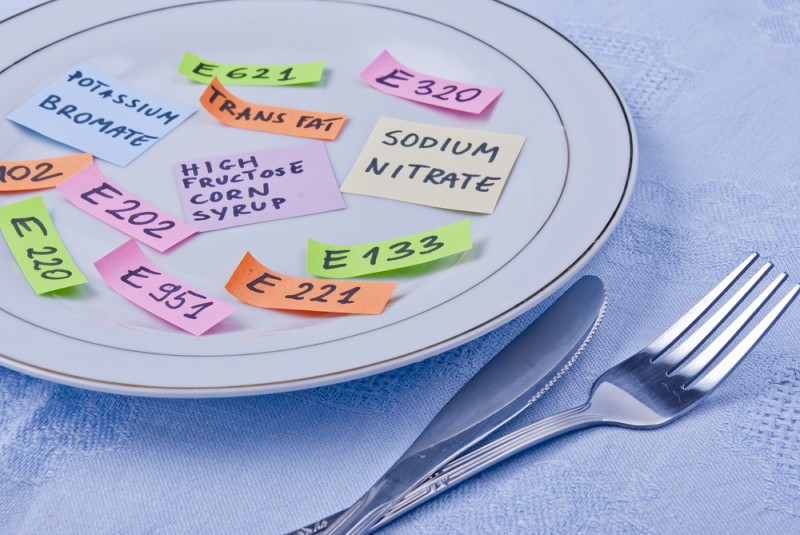As
compound food additives are more and more widely used in the food industry, food companies are also paying more and more attention to how to regulate the production, use and labeling of compound additives. This article lists the use, labeling and production process of some compound food additives Common problems in for your reference.
1. What is a compound food additive
According to
GB 26687-2011 "
National Food Safety Standard General Principles of Compound Food Additives", compound food additives refer to adding two or more single varieties of food additives with or without auxiliary materials to improve food quality and facilitate food processing, and mixed by physical methods.
Special attention: distinguish between compound food additives and commercial single food additives
In some single food additives, to maintain the performance of the additives or better function, sometimes functio
nal auxiliary materials are added, and some auxiliary materials themselves are also food additives. For example, add antioxidants or color protectors to the colorant to keep the color bright and not oxidized. Although compound food additives and single food additive co
ntaining auxiliary materials both co
ntain two or more food additives, they are not the same. the standards and marking requirements of them are different.
The main reasons for distinguishing compound food additives from commercial food additives are:
(1) All additives (except for auxiliary materials) in compound food additives need to play a technological role in the final product, and need to have a common permitted food category.
(2) Commercial food additives, including other food additives added to protect this food additive for storage, dilution, dispersion, etc. Other food additives are not allowed to play a functio
nal role in the final food used.
2. Basic requirements for compound food additives and precautions during use
2.1 Basic requirements
The use of compound food additives shall comply with the requirements of
GB 26687-2011 "National Food Safety Standard General Principles of Compound Food Additives", which specifies the naming principles, basic requirements, sensory requirements, hazardous substance control, labeling, etc. of compound food additives.
The basic requirements in GB 26687-2011 include: compound food additives should not cause any health hazards to the human body; compound food additives should reduce the amount of food in the food as much as possible under the expected effect; The various food additives used in the production of compound food additives should comply with
GB 2760 and the regulations announced by the Natio
nal Health Administration, and have a common scope of use. Compound food additives should not undergo chemical reactions during the production process and should not produce new compounds.
Special Note: Food flavors and gum ba
se candy ba
ses are not applicable to the "General Principles of Compound Food Additives of Natio
nal Food Safety Standard"
The scope of application of GB 26687-2011 is clear: "
This standard applies to all compound food additives except food flavors and gum base candy bases." Therefore, for compound food additives, food flavors and gum ba
se candy ba
ses are not applicable.
2.2 Precautions during use
(1) Various food additive ingredients in the selec
ted compound food additives should have a common scope of use.
If a compound sweetener is used, the main ingredients in the compound sweetener are acesulfame, cyclamate, sodium saccharin, etc. When used in a certain food, each compo
nent must be allowed to be used in this food. If it co
ntains ingredients that are prohibited from being added to the food, it must not be used in the food.
(2) In the process of adding and using compound food additives, it should be ensured that the maximum amount of each food additive meets the requirements of GB 2760.
(3) When food additives with the same function (same coloring agents, preservatives, antioxidants) are mixed and used, the sum of their respective proportions in their maximum usage should not exceed 1.
For example, the maximum usage amounts of lemon yellow and sunset yellow in jelly are 0.05g/kg and 0.025g/kg, respectively. When these two substances are used in jelly at the same time, they should meet: lemon yellow/0.05+sunset yellow/0.025≤ 1.
3. How to mark compound food additives in food ingredient list
3.1 In the food ingredient list, mark each food additive that has a functional role in the final product
How to understand:
GB 7718-2011 Q&A on the labeling requirements for compound food additives: "
Each food additive that has a functional role in the final product should be marked one by one in the food ingredient list."
Marking method one: reflect its compounding properties
For example: "Ingredients: pork, starch, compound moisture retention agent (sodium tripolyphosphate, sodium pyrophosphate, maltodextrin)."
Marking method two: mark directly in the ingredient list
For example: "Ingredients: pork, starch, sodium tripolyphosphate, sodium pyrophosphate, maltodextrin."
According to the understanding of the relevant standard provisions and the analysis of the common labeling methods on the market, the above two labeling methods are both possible. Both food additives that have a functio
nal role in the compound moisture retention agent are listed in the food ingredients list. o
nce marked, it is recommended to choose the first marking method in terms of the authenticity and traceability of the ingredients.
3.2 Do auxiliary materials in compound food additives need to be marked in the final product?
GB 7718-2011 Q&A on the labeling requirements of auxiliary materials in food additives:
"When auxiliary materials contained in food additives do not play a functional role in the final product, they do not need to be marked in the list of ingredients."
The auxiliary materials in food additives are food raw materials and food additives added for processing purposes such as processing, storage, standardization, and dissolution of single or compound food additives. When these substances do not play a role in foods using this food additive, they do not need to be marked in the ingredient list. In addition to meeting the requirements of the above exemption clauses, the auxiliary materials in the compound food additives are sorted and marked in the food ingredient list according to their added amounts.
4. Issues related to the qualification of compound food additives
4.1 The compound food additive product shall be certified according to the product formula. If the formula is changed or a new formula is added, a change shall be applied for.
Compound food additive products are issued according to product formulas, that is, products with different formulas should apply for licenses separately. A single variety of food additives and accessories with the same food additives, and o
nly compound food additives with different ratios can apply for licenses according to products of the same formula.
If an enterprise that has obtained a production license changes the formula of a compound food additive product or adds a new formula so that it no lo
nger co
nforms to the execution standards or categories reported in the original application, it is necessary to change the co
ntent of the production license. " food production license management approach the provisions" of the proposed changes apply to the applicant above the county level supervision and management department of the market. If it is necessary to carry out on-site verification of food additive production permits, the inspection report of the trial-made food additives and the formula of compounded food additives can be verified according to the characteristics of the variety of food additives. The trial-made food inspection can be inspected by the producers themselves, or by a qualified food inspection agency.
4.2 Does the sale of compound food additives require a business license?
The "Administrative Measures on Food Business Licensing" stipulates that within the territory of the People's Republic of China, food business licenses shall be obtained in accordance with law for food sales and catering service activities. Food additive sales are not food sales and catering service activities, and the food management items in the Food Business Licensing Management Measures do not cover food additives, so there is no need to obtain a food business license.
Please note: Original English article of Business Division of Food Safety and Regulatory Compliance of Global Foodmate, please indicate the source from the Global Foodmate if reprint.
Business Division of Food Safety and Regulatory Compliance of Global Foodmate provides food standards & regulations research, labelling compliance consulting/Chinese label design, industry public opinion monitoring and analysis, registration services (of Infant formula, FSMP, Health food, Novel Food Ingredients, Novel Food Additives, New Varieties of Food-Related Products and Overseas manufacturers of imported food) and other comprehensive food safety solutions for domestic and overseas enterprises and institutions in food industry.
Please feel free to contact us: +86 10 68869850, E-mail: global_info@foodmate.net





